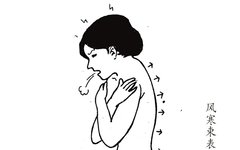Hello everyone, I am Sister Dan Dan.
Many readers have understood the difference between Wind-Cold and Wind-Heat colds after reading my articles:
Wind-Cold colds are characterized by a fear of cold and shivering.
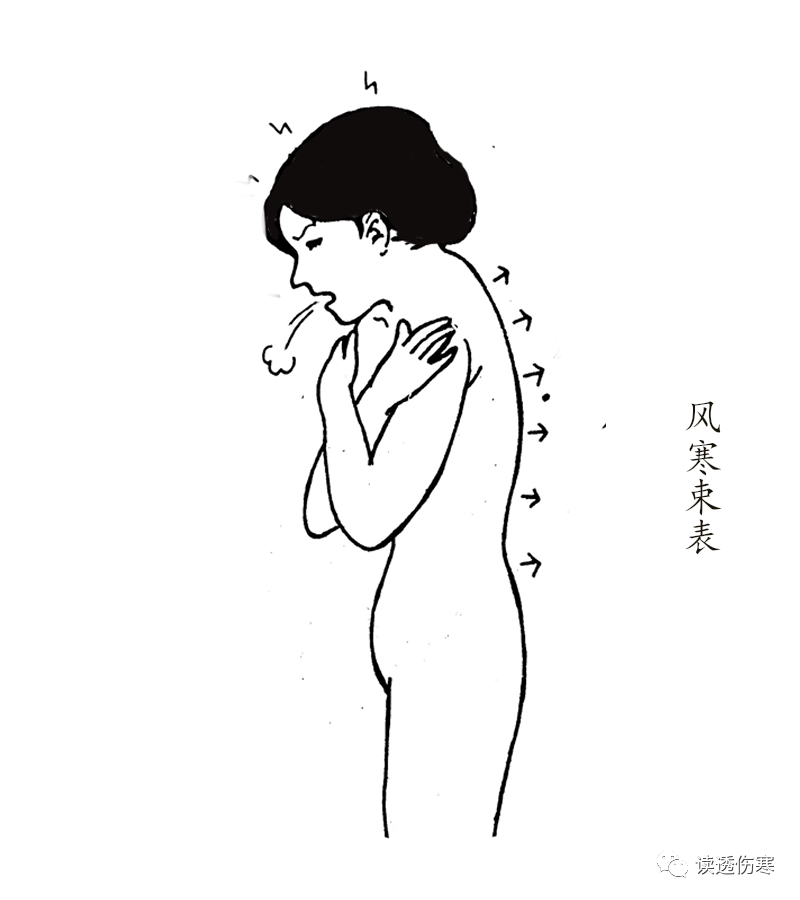
On the other hand, Wind-Heat colds are characterized by sore throat, throat pain, and tonsillitis.
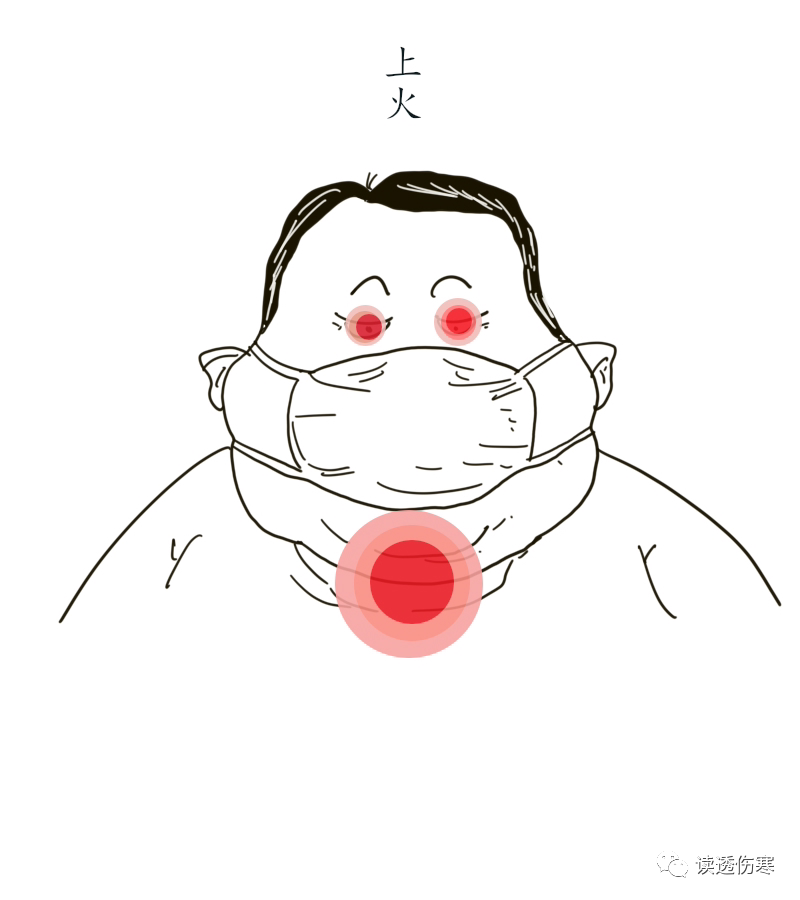
However, some people say that some colds do not clearly show signs of cold or heat. For example, someone may catch a cold without a sore throat or feeling cold, but they continuously sneeze, have a runny nose, watery eyes, and a fever. How should we treat this kind of cold? Neither Wind-Cold nor Wind-Heat seems appropriate.
Indeed, in real life, some colds are between Wind-Cold and Wind-Heat; they do not exhibit obvious characteristics of either, and we can only refer to them as “Neutral Colds.” This type of cold is very common and accounts for a large proportion.
The essence of a “Neutral Cold” is actually the invasion of a single Wind pathogen without the presence of cold or heat, which in TCM is referred to as “Shang Feng” (wind invasion).
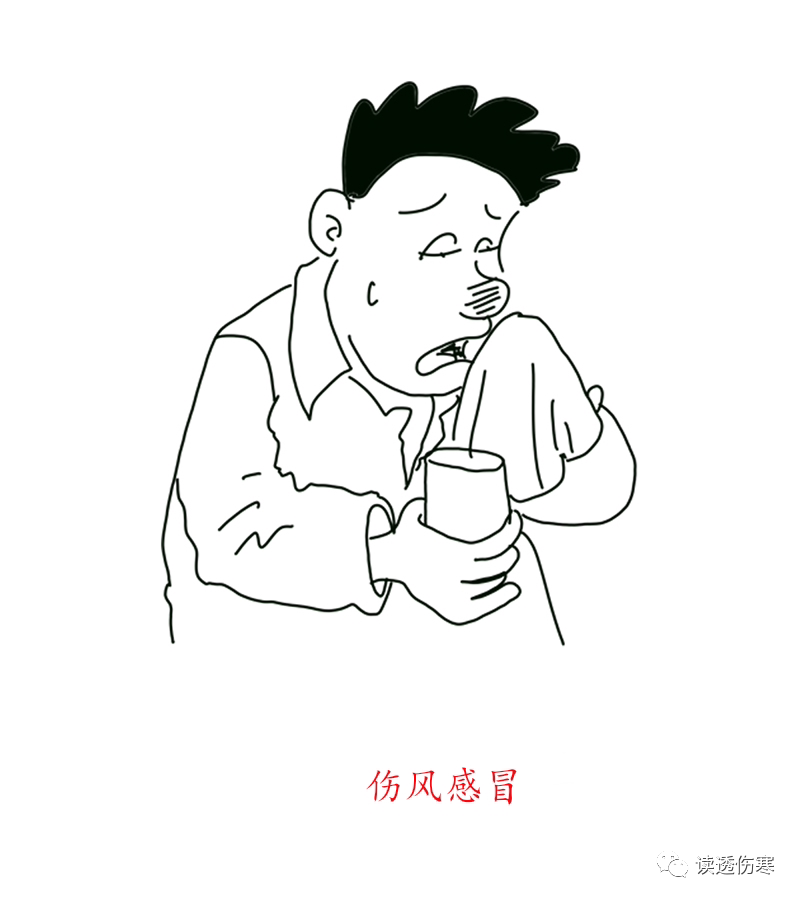
Since only the Wind pathogen is at play, and there is no cold or heat, we can simply disperse the Wind pathogen.
For this, there is a medicine that works very well, which is the Zheng Chai Hu Yin (Zheng Chai Hu Decoction) by Zhang Jingyue.
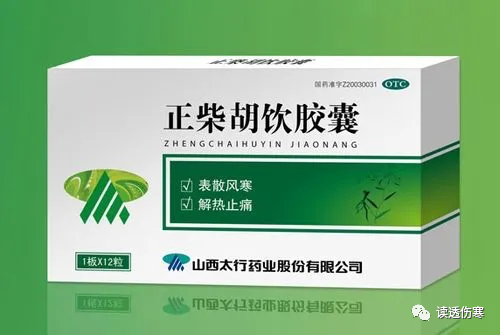
The formula for Zheng Chai Hu Yin is as follows (this formula is also available as a patent medicine):
Chai Hu (Bupleurum) 9g, Fang Feng (Siler) 3g, Chen Pi (Dried Tangerine Peel) 5g, Shao Yao (Peony) 6g, Gan Cao (Licorice) 3g, Sheng Jiang (Fresh Ginger) 3 slices.
This formula does not contain strong warming herbs like Ma Huang (Ephedra) or Gui Zhi (Cinnamon Twig) that specifically disperse Wind-Cold, nor does it contain cooling herbs like Yin Hua (Honeysuckle) or Lian Qiao (Forsythia) that specifically clear heat and detoxify. It is neither cold nor hot, but has the ability to disperse the exterior, effectively expelling the Wind pathogen and thus treating the cold, which is its strength.
Therefore, historically, this formula has been classified by some as a Wind-Cold remedy and by others as a Wind-Heat remedy, indicating its mild nature.
Now, I believe it is better classified as a “Neutral Cold” remedy.
So, how does Zheng Chai Hu Yin treat this Neutral Cold?
First, let’s look at Chai Hu. In medicine, Chai Hu has three functions: one is to release the exterior and reduce fever, another is to soothe the liver and relieve depression, and the third is to raise the Yang Qi.
Here, it is used to release the exterior and reduce fever.
In fact, the earliest use of Chai Hu to release the exterior and reduce fever can be found in the Xiao Chai Hu Tang (Minor Bupleurum Decoction) and Chai Hu Gui Zhi Tang (Bupleurum and Cinnamon Decoction) in the Shang Han Lun (Treatise on Cold Damage), both of which use Chai Hu to release the exterior and reduce fever. Nowadays, there are also some fever-reducing injections that contain Chai Hu as an ingredient.
Why can Chai Hu release the exterior and reduce fever? Because Chai Hu is pungent and cool, the pungent nature can disperse, so Chai Hu has a certain dispersing effect, which can expel the Wind pathogen from the body.
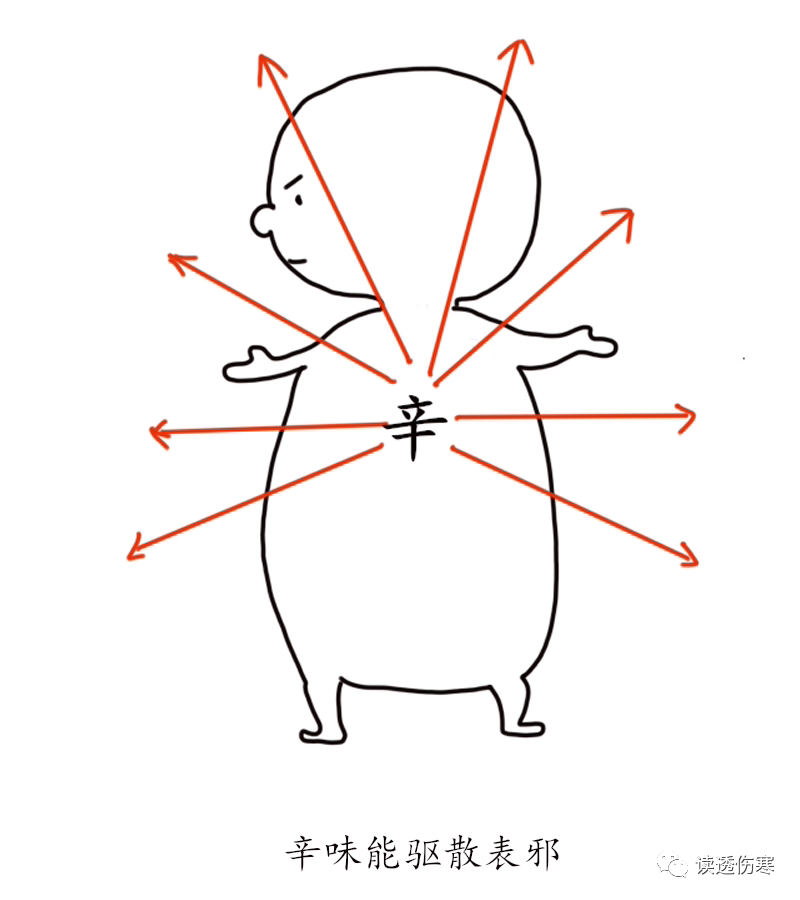
The Shang Han Lun states that it can disperse the “half-exterior, half-interior” pathogen, which refers to a layer deeper than the skin, allowing it to expel deeper pathogenic factors.
However, its dispersing power is not as strong as that of Ma Huang or Gui Zhi; it only lightly disperses.
Through the dispersing action of Chai Hu, the Wind pathogen is expelled, reducing the internal pathogenic factors. With fewer pathogenic factors, the struggle between righteous and evil is diminished, and the fever symptoms can be alleviated. This is the principle behind Chai Hu’s ability to reduce fever.
In addition to Chai Hu, this formula also contains Fang Feng. Fang Feng is used to guard against Wind pathogens, indicating that it is not afraid of Wind. Because it is not afraid of Wind, it can drive away Wind pathogens. Therefore, Fang Feng also has the effect of dispersing Wind pathogens.
Of course, its effect in dispersing Wind pathogens is not very strong; ancient people praised it as the “moistening agent of Wind herbs,” meaning it does not cause excessive sweating and does not damage body fluids.
Besides Chai Hu and Fang Feng, this formula also includes Sheng Jiang, which can serve as an adjunct. It also has a slight sweating effect, but this effect is not very strong and is generally used as an auxiliary herb.
Through the dispersing actions of these three herbs, the Wind pathogen on the surface can be expelled. Moreover, all three herbs are relatively mild, neither hot nor cold, and neutral in nature, so there is no concern about promoting heat or cold.
Thus, when these three herbs work together, they can achieve the effects of dispersing Wind, relieving the exterior, and reducing fever.
This formula also contains Chen Pi, which is dried tangerine peel.
We have all smelled tangerine peel; it has a slightly pungent and aromatic scent, which has the ability to move Qi. Therefore, Chen Pi has long been used as a Qi-moving herb. Here, it helps Chai Hu and Fang Feng to disperse, but its dispersing ability is also not strong.
Additionally, Chen Pi can transform phlegm, which can alleviate coughing.
Finally, this formula includes Chi Shao (Red Peony). Chi Shao is a type of Peony; there are both Chi Shao and Bai Shao (White Peony). Generally speaking, Chi Shao is more focused on invigorating blood, while Bai Shao is more focused on nourishing Yin.
In this case, Chi Shao can invigorate blood to prevent headaches and muscle pain caused by Wind colds.
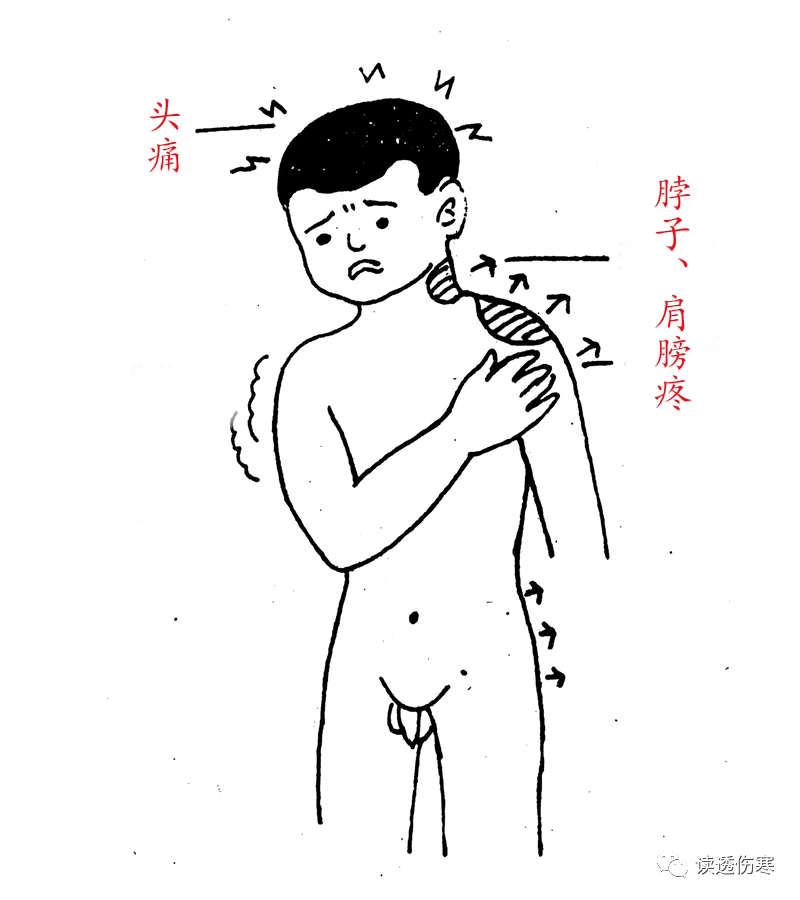
On the other hand, it also has a certain nourishing Yin effect, which can prevent Chai Hu, Fang Feng, and Sheng Jiang from excessively dispersing and damaging body fluids, thus benefiting Yin and blood.
Overall, this formula consists of only six herbs, three of which are dispersing herbs.
However, although they are dispersing herbs, they are neither hot nor cold, and their properties are neutral, making them effective for both Wind-Cold and Wind-Heat colds.
Therefore, for those who have just caught a cold without obvious fear of cold or sore throat, but have nasal congestion, runny nose, and sneezing, this patent medicine can be used.
This patent medicine is a small formula, but it has always received high praise; some even say, “Zheng Chai Hu Yin is the first choice for colds,” indicating that its effectiveness in treating colds should not be underestimated.
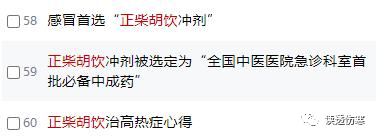
In the future, when encountering such colds with unclear cold or heat symptoms, give it a try. This way, you will have a complete range of options for Wind-Cold, Wind-Heat, and pure Wind colds, making it easier to choose the right medicine for your cold.
About the Author: Sister Dan Dan, Master’s degree, graduated from Shandong University of Traditional Chinese Medicine with an 8-year program in TCM, primarily a physician treating patients, and a part-time science writer.
Simple messages will be replied to on the spot, while complex conditions require careful differentiation to avoid prescribing the wrong medicine. For those seeking medical advice, please click the link to the studio below.
If you find this article helpful, don’t forget to click to read again and share it with your friends. May everyone enjoy and benefit from Traditional Chinese Medicine.
Dan Dan’s TCM Studio
Consultation Link
↓ ↓ ↓
Consultation: Click here for more details

